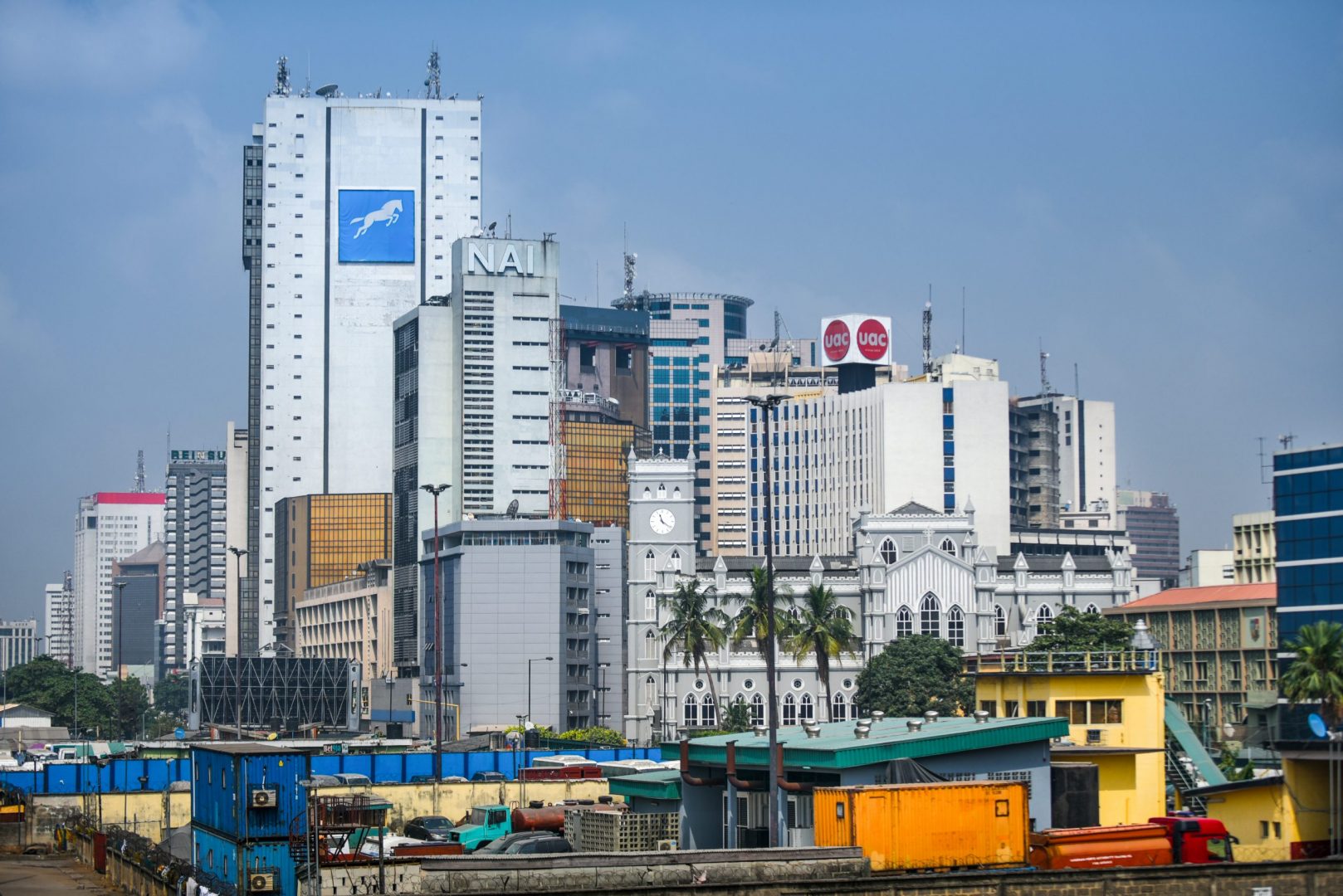Increasing internet connectivity and mobile phone use across Africa is paving the way for the growth of e-commerce across the continent. Between 2014 to 2018, the number of online shoppers in Africa increased on average by 18 per cent every year, compared to a global average of 12 per cent. This surge is driven by Africa’s growing young, urban and digitised population.
However, e-commerce businesses tend to serve the largest cities and capital cities. In smaller cities – known as ‘secondary cities’ and defined here as cities with populations of less than 100,000 people – access to quality products at affordable prices is more limited. In secondary cities, populations are typically lower income, less comfortable with digital platforms and less well-connected to established logistics infrastructure than in capital or primary cities.
One business seeking to change this is Jumia, the leading online marketplace in Africa. Jumia has 7.3 million annual active customers, more than 110,000 active sellers and an order placed every two seconds across its 11 locations on the continent. In 2016, we invested $55 million in Jumia. We sold our shares following Jumia’s initial public offering (IPO) in 2019.
Through our technical assistance facility BII Plus, we’ve continued working with Jumia to roll-out its services to secondary cities in Côte d’Ivoire. This research aimed to gain a high-level understanding of the impact of Jumia’s business model in secondary cities, by measuring the impact of three pilot initiatives on both consumers and sales agents. It is based on a quantitative study conducted at the end of the pilots (including follow-up with consumers and non-consumers interviewed in the baseline study), company data from Jumia, operational KPI tracking during the pilot, and some additional qualitative insights.
We look forward to seeing how the roll-out to secondary cities evolves for Jumia Ivory Coast and beyond, and we hope the learnings captured in this report will help equip other organisations to follow in its footsteps.







